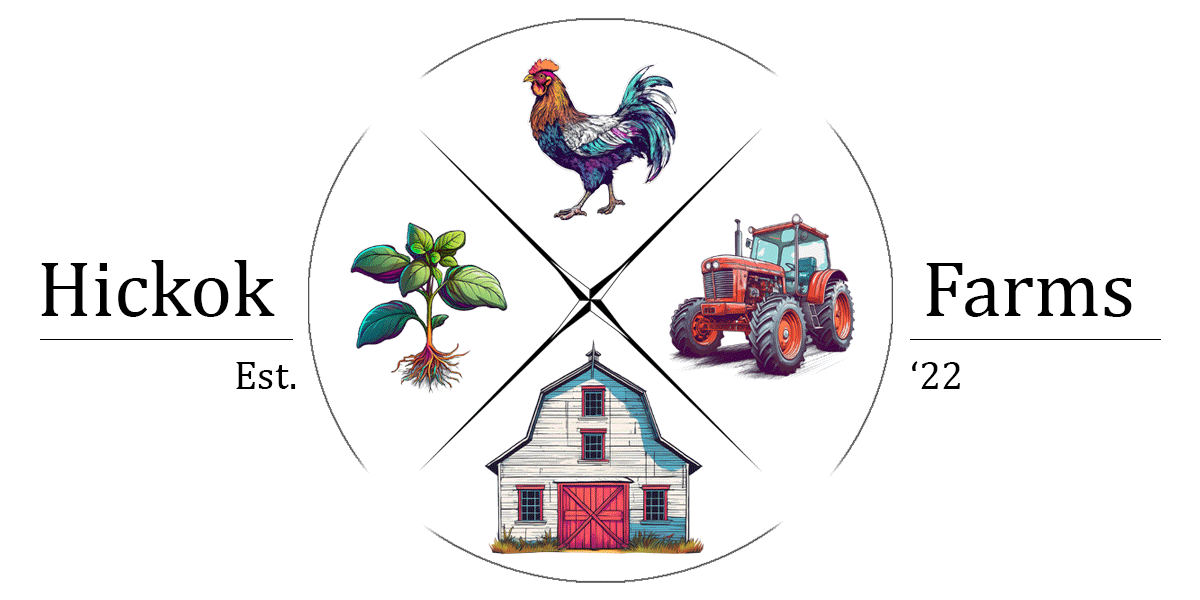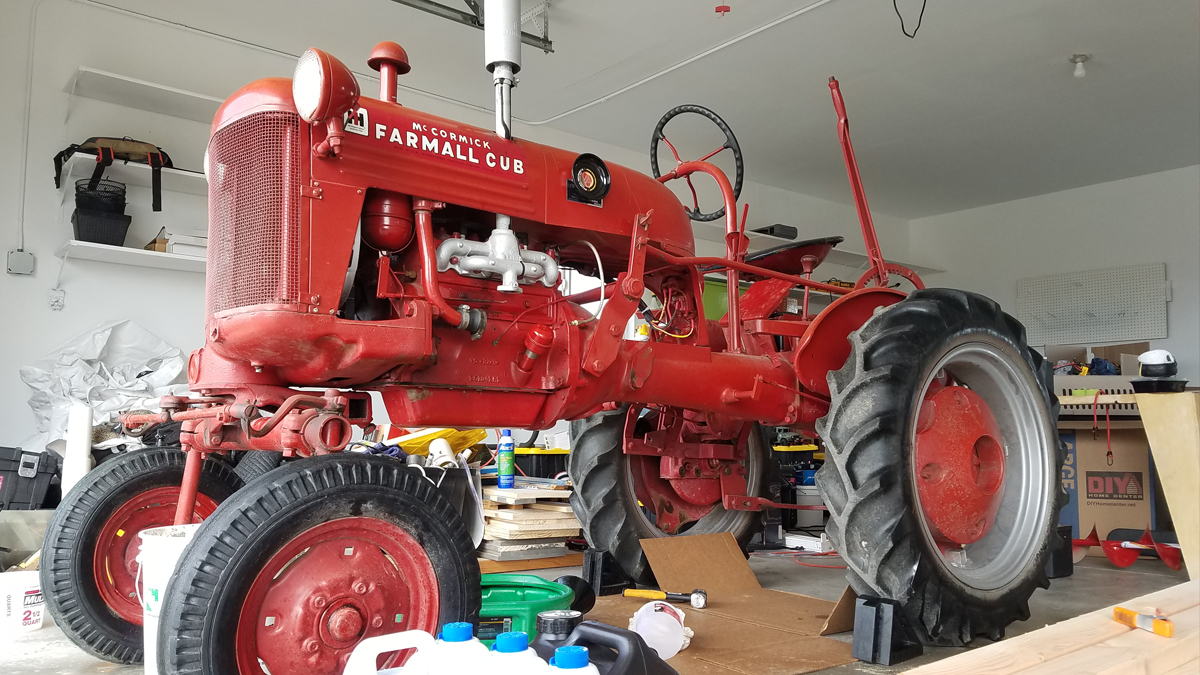What started off as a search for a practical compact tractor for our 4-acre property turned into purchasing a 74-year-old Farmall Cub. We needed something capable of mowing, subsoiling, cultivating, plowing, tilling, and hauling things around our property.
Our search started with modern and lightly used tractors. We heavily considered capability, cost, size, and depreciation, and didn’t initially consider a vintage tractor, because it is not what came to mind first. A small modern tractor, new or used, that is capable of performing all the tasks on a small farm, will set you back 15k dollars at a minimum, and will quickly become a 25k to 30k dollar investment once you add up additional implements.
While we were searching classifieds we saw a 1948 Farmall Cub that was only a few hours away. It had not run in at least a few years, so I had a few conversations with the owner, to get a little more information about it and figure out what I’d be getting into.
The Farmall Cub had been single-family owned since it was first purchased in 1949, used for decades, maintained pretty well, and then barn kept when it was retired from normal operations. For years it was turned on and run, maybe occasionally driven around a property to operate a mower deck, but ultimately ended up in a barn and kept because of sentimentality.

Unfortunately, all the implements that went with it were sold off because they took up space and weren’t being used. Although the tractor looked great from being barn kept, it was not running, it lacked implements, had dry rot tires, and the fact that it did not have a hydraulic touch control system installed on it(hydraulics came out a year later), we made a lower offer and explained our reasoning. The family agreed, and we went to go take a look.
We inspected the engine block and all other parts for stress cracks or fractures, we went through other mechanicals, made sure the engine was not seized, and made the call to take it home. We winched it onto our trailer, and after a three and a half hour drive back at the house, we rolled it into the garage. Over the next week, we proceeded to flush and replace all fluids. We purged and cleaned fuel lines, replaced an intake hose, tightened up steering slack, and tightened up the throttle rocker shaft. We also cleaned and rebuilt the carburetor <em>4 times</em> before we were finally able to keep her running with a steady purr.
We replaced the dry rotted front and rear tires, and added a 3 point-to-quick-hitch setup with a quick-hitch. Lastly, we also put a 3-point to 2” receiver hitch on it and picked up a Titan Attachments subsoiler, to get us started on projects right away.
The tractor cost us 2200 dollars, but we added another 500 dollars in BKT tires, and 500 dollars to set up the quick hitch and subsoiler. The fluid flush and replacement cost about 100 dollars and we also spent another 50-ish dollars on carburetor gaskets and replacement parts, and plenty of grease. For just over 3500 bucks, we ended up with a very capable tractor, perfectly sized our property, and exactly what we needed to start cultivating.
Buying a vintage tractor may not be a wise investment if you aren’t mechanically inclined. You need to know what to look for when buying, and have a skill set to be able to diagnose and repair things, otherwise, you may just end up with a yard art. In general, you probably shouldn’t invest in a tractor that is not running, for more than what you are willing to lose completely, because it’s essentially a gamble if you don’t get to hear it and see it running. For our needs, the 48 Farmall Cub is nearly perfect, and we have continued to find or fabricate implements to make it even more useful in the garden and around our little farm.

